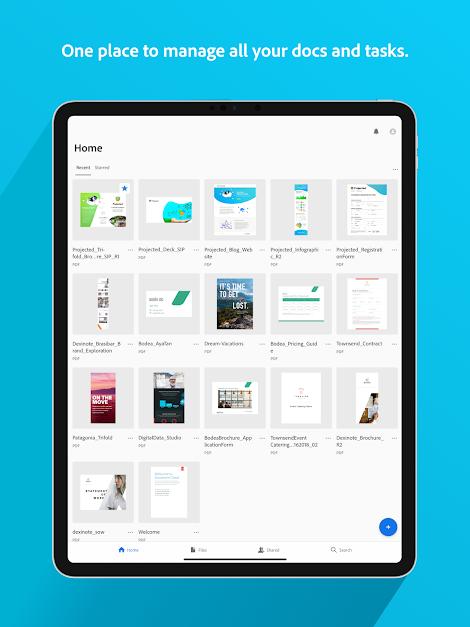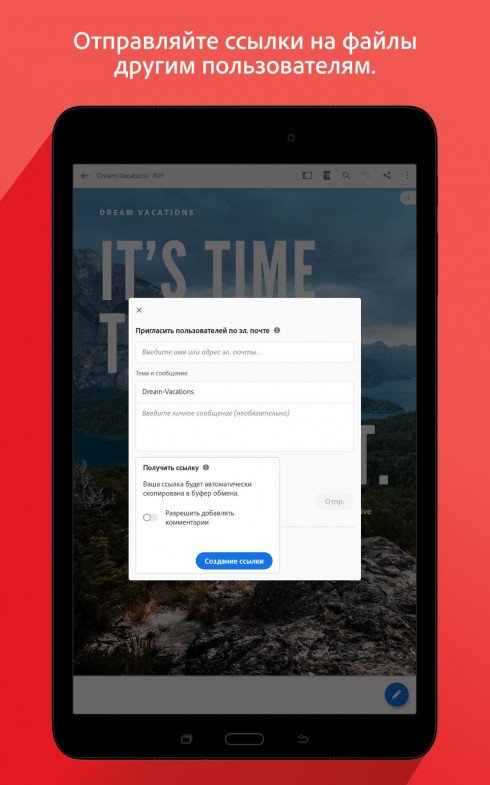- Adobe Acrobat Uc Berkeley
- Adobe Acrobat Reader Uc Berkeley 2020
- Adobe Acrobat Reader Uc Berkeley 2019
- Adobe Acrobat Reader Uc Berkeley Free
Description

Resolution
The best/most successful solution to date is to uninstall Adobe Reader DC and install an alternative PDF viewer such as Adobe Reader XI, PDFXchange, or Foxit.
Adobe Acrobat Uc Berkeley
Workarounds
Adobe Acrobat Reader Uc Berkeley 2020
If the resolution above is not an option please see below additional available workarounds. Multiple workarounds may need to be attempted before the issue is resolved
Adobe Acrobat Reader Uc Berkeley 2019
1. Leave a document open and minimized. Open a pdf document and leave it open, minimize the viewer windows, then open workflow items that need to be viewed. While the PDF document is minimized, Perceptive Content should be able to open other PDFs as expected without any issues. Make sure to close the first item before disconnecting from Perceptive Content.
UC Berkeley’s Goldman School of Public Policy publishes Policy Notes twice a year. You may need Adobe Acrobat Reader to view these files. Download Adobe Creative Cloud for their Adobe Acrobat (PDF reader). It's free for UC Berkeley students: download here. Click on the instructions that pertain to you and follow the step-by-step guide to receive free student access.
2. Open IE and go to Tools > Manage Add-ons > All add-ons > Disable any add-on for Adobe Acrobat Pro. Enable the add-on for Adobe PDF Reader if it's not already enabled. This should force IE, and the Perceptive Content Client, to render the PDFs using the Adobe Reader DLL files instead of the Adobe Acrobat Pro DLL files.
3. Uninstall all versions of Adobe Acrobat if multiple versions are installed. Ensure only the latest version is installed.

Adobe Acrobat Reader Uc Berkeley Free
4. Ensure that only one version of Adobe is installed
5. Right click on the item and open in associated application